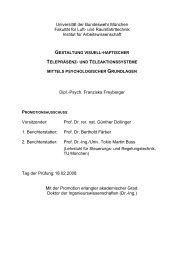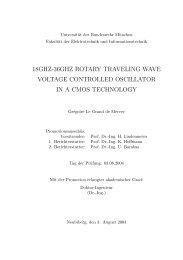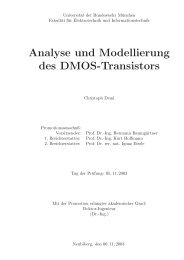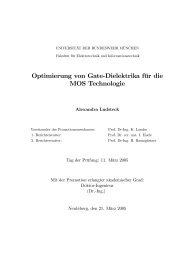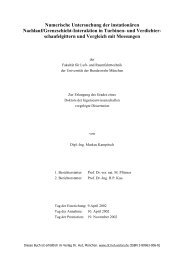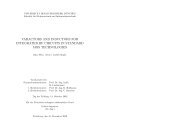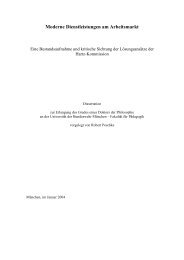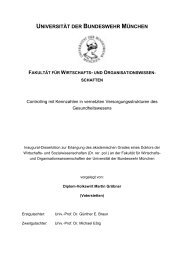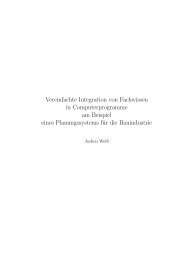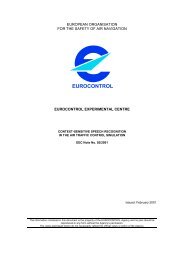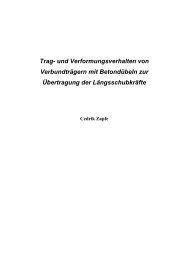Precise Orbit Determination of Global Navigation Satellite System of ...
Precise Orbit Determination of Global Navigation Satellite System of ...
Precise Orbit Determination of Global Navigation Satellite System of ...
Create successful ePaper yourself
Turn your PDF publications into a flip-book with our unique Google optimized e-Paper software.
Chapter 8 Geostationary <strong>Orbit</strong> <strong>Determination</strong> And Prediction During <strong>Satellite</strong> Maneuvers<br />
Clearly from Eq.(8-57), the acceleration is in the earth-fixed system, which cannot be directly compared with the<br />
acceleration from the dynamic model. The coordinate system conversion should be made before. The<br />
transformation can de done as follows.<br />
Assuming [ N ] is the nutation transformation matrix, [ P ] the precession matrix, [ C ] the polar motion matrix<br />
and [ G ] the sidereal time transformation matrix, then transformations from the earth-fixed coordinate system to<br />
inertial coordinate system are<br />
ϖ ϖ<br />
ri = [ N][ P][ C][ G] re<br />
(8-58)<br />
ϖ& ϖ ϖ<br />
r = [ N][ P][ C] Gr ] & + [ Gr & ]<br />
(8-59)<br />
{ }<br />
{ }<br />
i e e<br />
ϖ& ϖ ϖ<br />
r [ N][ P][ C] [ Gr ] & [ Gr & ] &<br />
i = e +2 e<br />
(8-60)<br />
where<br />
ϖ ϖ<br />
ri, re<br />
ϖϖ<br />
r& , &<br />
i re<br />
ϖϖ<br />
r& , r&<br />
position vectors <strong>of</strong> satellite in the inertial and the earth-fixed systems, respectively<br />
velocity vectors <strong>of</strong> satellite in the inertial and the earth-fixed systems, respectively<br />
i e acceleration vectors <strong>of</strong> satellite in the inertial and the earth-fixed systems, respectively<br />
Normally ϖ r &and [ G & ] are very small, therefore the product <strong>of</strong> [ & ϖ<br />
] & can be neglected.<br />
According to the method described above, using simulation data, the results <strong>of</strong> orbit prediction during satellite<br />
maneuvers are shown in Figure 8-13 and Figure 8-14.<br />
For the maneuver operated at the acceleration <strong>of</strong> Eq.(8-53), the orbit prediction during satellite maneuver is<br />
drawn as in Figure 8-13; for the maneuver acceleration <strong>of</strong> Eq.(8-54), the orbit prediction is drawn in Figure 8-14.<br />
In the orbit prediction, it is assumed that 50% <strong>of</strong> maneuver acceleration is modeled by nominal maneuver force<br />
model, Eq.(8-55) and Eq.(8-56); 20% <strong>of</strong> maneuver acceleration were corrected by Eq.(8-57), which was updated<br />
at the rate <strong>of</strong> about 60 minutes for Figure 8-13 and 10-15 minutes for Figure 8-14 by kinematic orbit<br />
determination results, the remaining 30% were unmodeled maneuver force errors that were not corrected during<br />
orbit prediction.<br />
110<br />
Gr e<br />
Figure 8-13 <strong>Orbit</strong> Prediction during <strong>Satellite</strong> Maneuver



